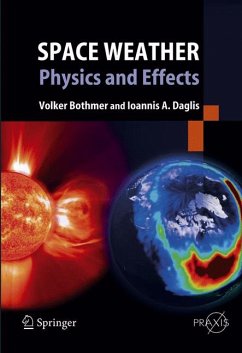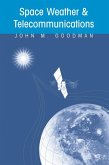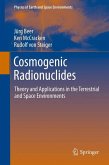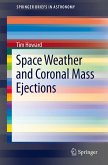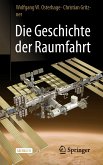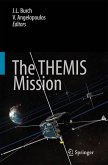Space Weather - Physics and Effects
- provides the first comprehensive, scientific background of space storms caused by the sun and its impact on geospace
- focuses on weather issues that have become vital for the development of nationwide technological infrastructures
- explains magnetic storms on Earth, including the effects of EUV radiation on the atmosphere
- is an invaluable aid in establishing real-time weather forecasts
- details the threat that solar effects might have on modern telecommunication systems, including national power grid systems, aircraft and manned spaceflight.
Dieser Download kann aus rechtlichen Gründen nur mit Rechnungsadresse in A, B, BG, CY, CZ, D, DK, EW, E, FIN, F, GR, HR, H, IRL, I, LT, L, LR, M, NL, PL, P, R, S, SLO, SK ausgeliefert werden.
"The volume surveys the broad expanse of space weather through 14 chapters contributed by 20 expert practitioners. ... its extensive reference lists at the end of each chapter are extremely valuable. I believe the book functions best by sitting on the library reference shelf where it can be readily consulted as needed." -- Thomas J. Bogdan, Physics Today, December 2007
"Space Weather: Physics and Effects is an attempt to summarize the entire field of space weather. ... It is generally well produced, includes an exhaustive table of contents and has nearly 40 pages of prefatory materials including a four-page list of acronyms, and what seems like an adequate index." -- W. Jeffrey Hughes, EOS, March, 2009

